Juliet Faldin on Art, Self-Discovery, and Finding Balance in Creativity
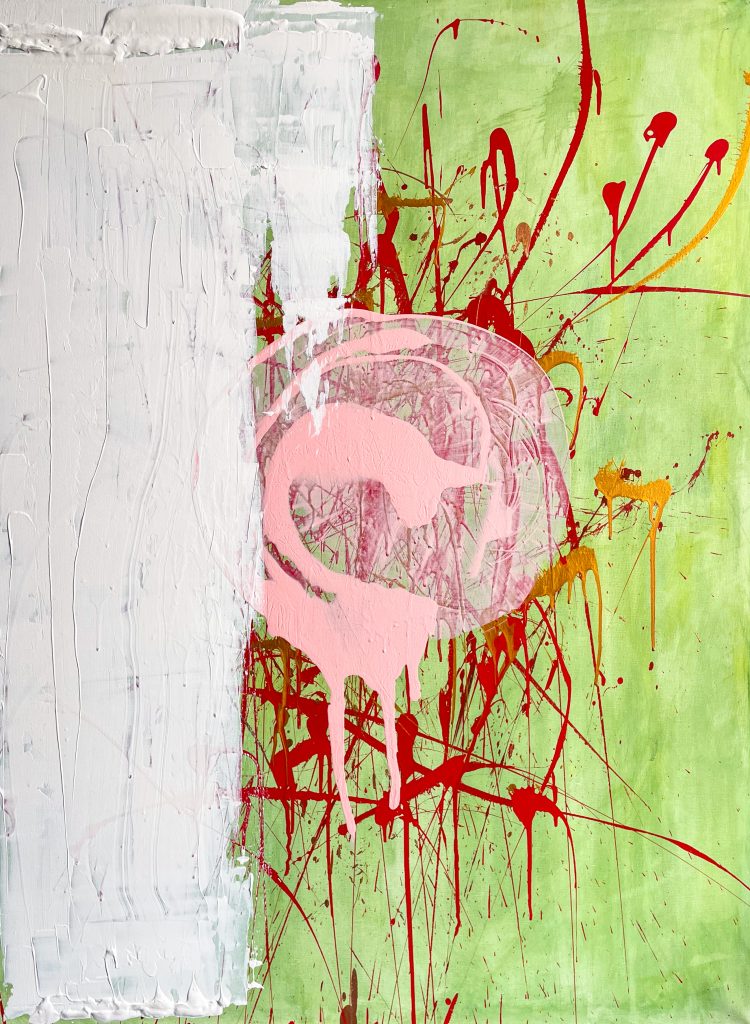
Juliet is a talented artist and designer who is originally from Ukraine. In this interview, she opens up about her creative journey, inspirations, and creative process. Over the past nine years, she has built a remarkable career, working with well-known names like National Geographic, BMW, and Sennheiser. Now based in London, she continues to explore new creative avenues, including cinematography and fine arts.
Juliet shares how she discovered her passion for art, the influences that shape her work, and the deep meaning behind her pieces. She reflects on the balance of light and dark in life, the importance of experimentation, and how she overcomes creative blocks.
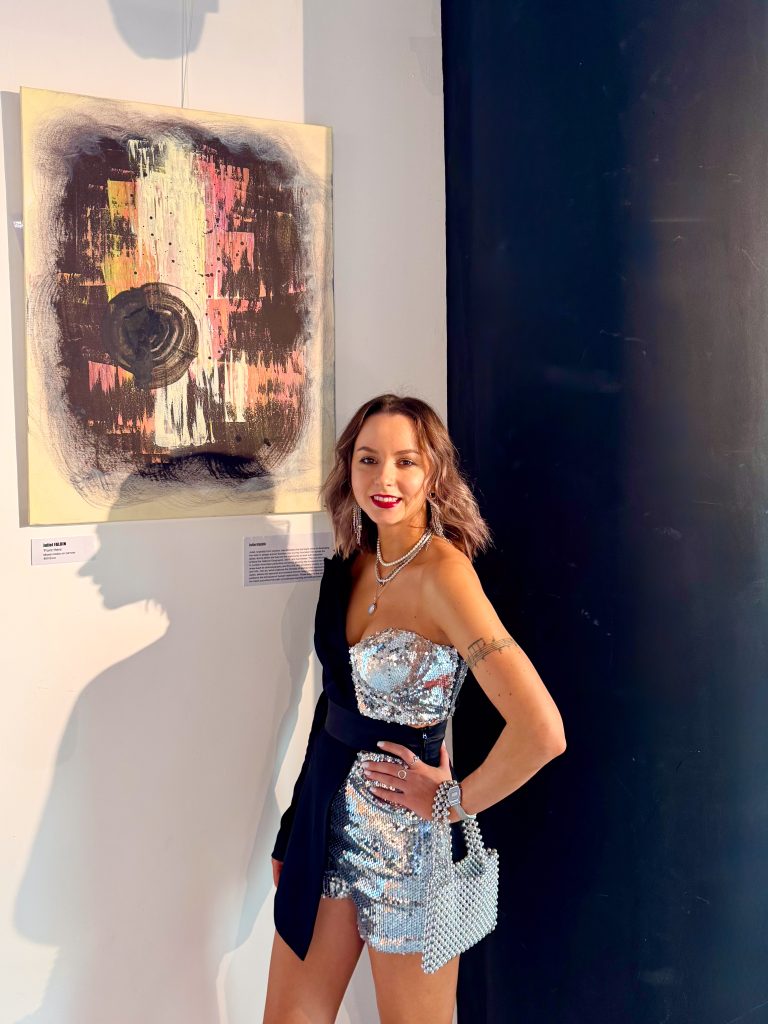
Originally from Ukraine, Juliet has dedicated the last nine years to developing her design and art direction skills. Her journey has taken her across the globe, during which she has had the opportunity to work with respected entities like National Geographic, BMW, and Sennheiser. The past years in London have been particularly enriching, allowing her to expand into new areas, such as cinematography and fine arts, with further studies at institutions like UCLA and UAL. Her art, which explores the interplay of abstract and expressive styles, delves into personal and universal themes ranging from feminism and politics to the intricacies of human relationships. These subjects are close to her heart and reflect her continuous learning and self-discovery.
1. Can you tell us a little about yourself and your background?
I’m just a girl who paints, works as a Brand Designer, loves cinematography, and is deeply concerned with the modern state of the world. I am very lucky that the three main areas I’m interested in professionally are very close. Design, art, and cinema are about the story and visual language of it.
Without darkness, there is no light. Without struggle, there is no growth.
Juliet Faldin
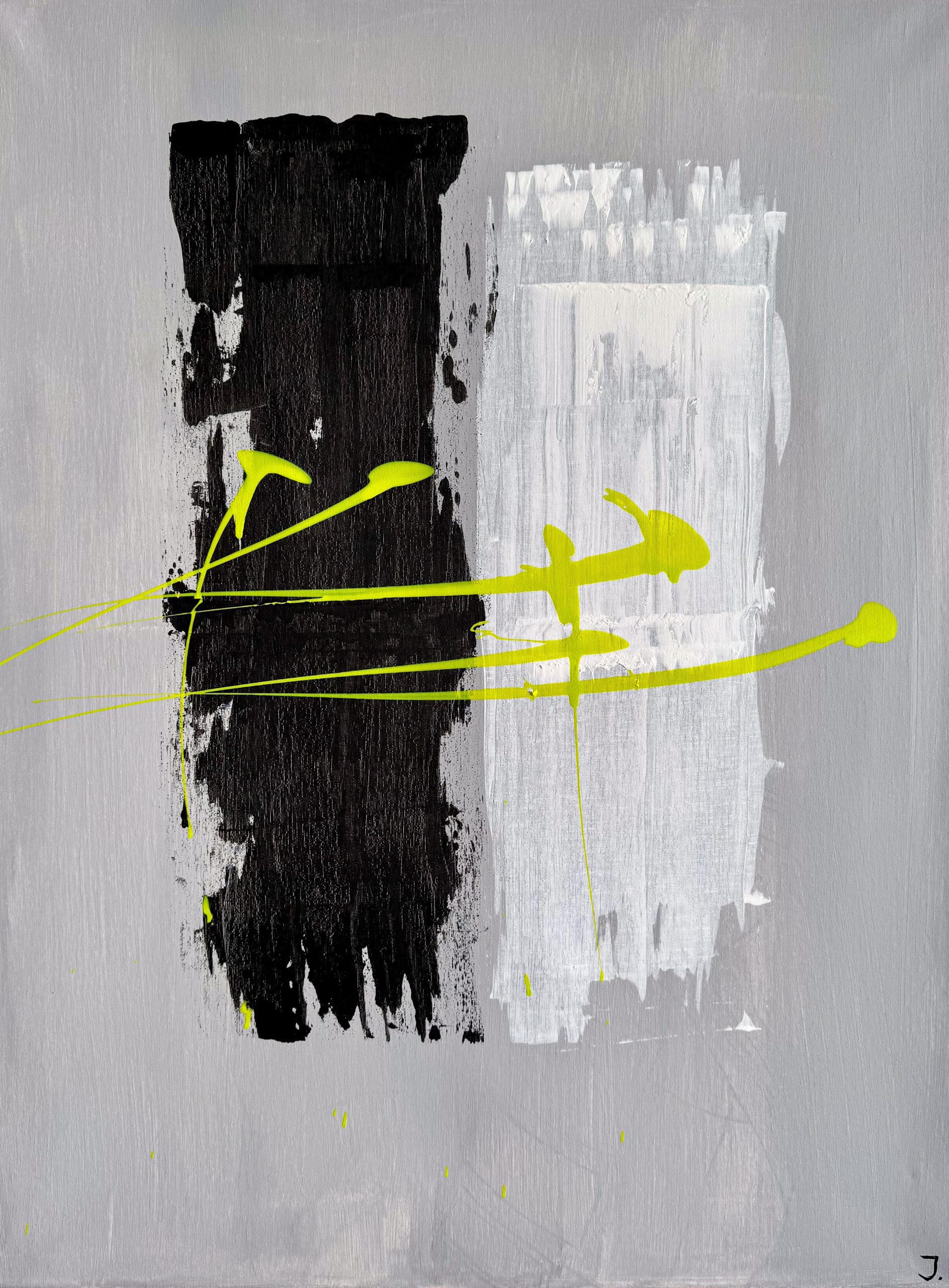
2. What inspired you to become an artist?
I’ve never decided to be an artist. I just started painting when I felt like I needed to express my inner feelings and thoughts in a physical world. Other people saw my work and encouraged me to apply for exhibitions. That’s how it all started.
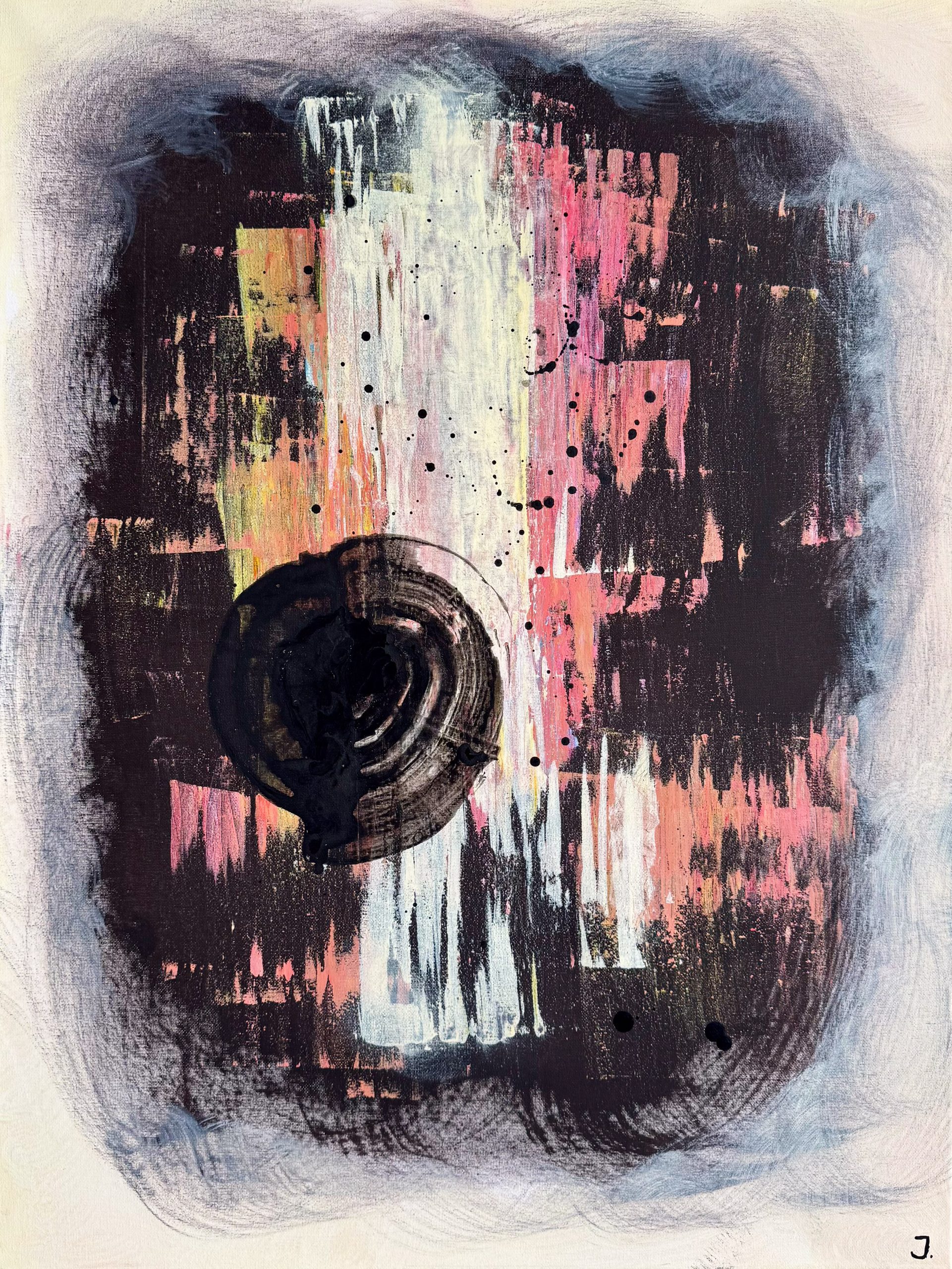
3. What is your creative process like from start to finish?
Usually, I get an idea when I’m about to go to sleep or when I’m reading a book. Then that idea is cooking in my head. I think about size, colors, and materials. Sometimes I sketch it. Then I prepare everything to get it out. And I wish to say that everything goes perfectly as planned, but that’s not always the case. A lot of the time, I make decisions during the painting process. I assess if it looks like what I want and decide if I want to make a change. And that’s when the real improvisation starts till the moment I’m happy with the result. Sometimes I can finish the painting and look at it the next day and decide I still want to make a change. Usually, it works for the best.
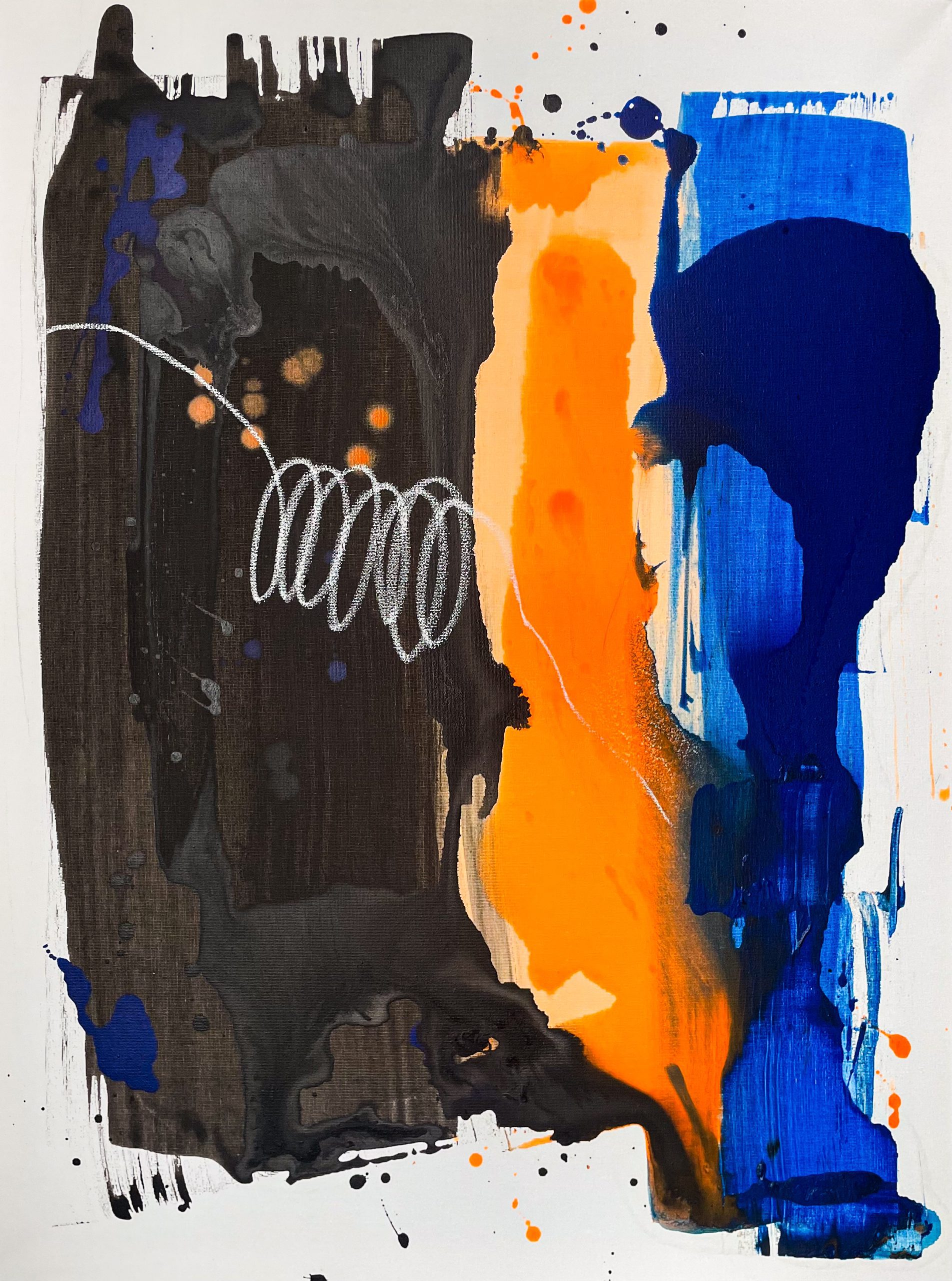
4. Where do you find inspiration for your artwork?
I find a lot of inspiration from other artists’ works. It could be a book about famous artists, a gallery, or small independent shops where artists sell their work. I like collecting small decisions artists make in their works and thinking about using them in my style.
Meaning comes from the balance of opposites, from embracing both the light and the dark within ourselves and the world around us.
Juliet Faldin
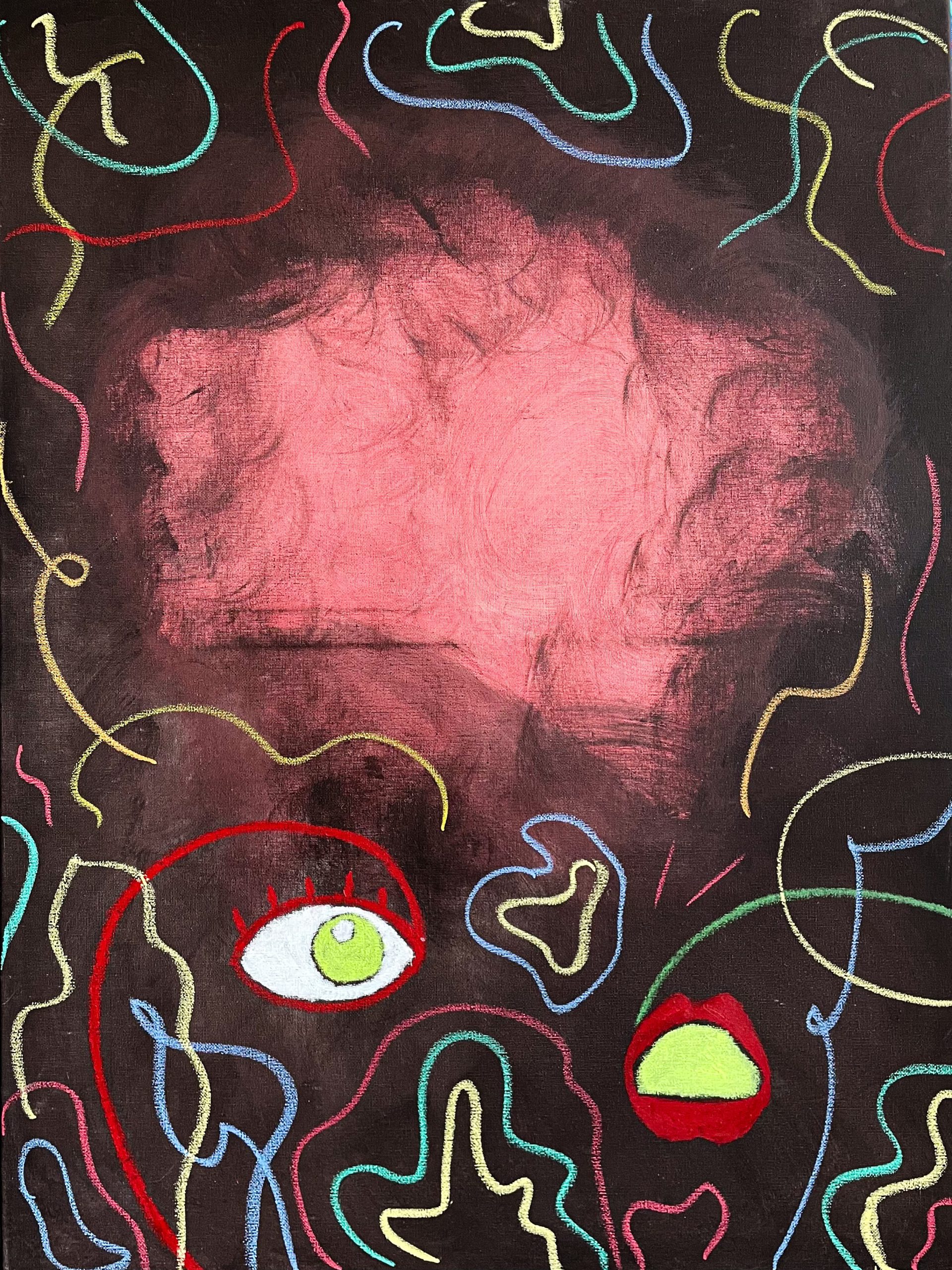
5. Can you tell us about a particular piece of art that holds special meaning for you?
My last work, December, is my favorite so far. It’s a minimalistic 60×80 cm canvas with a grey background, large black and white strokes placed side by side, and a thin, bright green stroke cutting across them. This painting shows that life isn’t just black or white, good or bad. The bold black and white blocks represent the contrasts that shape our world—light and dark, self and other, life and death. These opposites aren’t separate; they define each other. Black only makes sense because white exists, just like life has meaning because of death. It’s an uncomfortable thought—to accept death, to acknowledge the darkness in our world.
We want to reject it, to believe in only the good. But without darkness, there is no light. Without struggle, there is no growth. And the hardest truth to accept is that this duality exists within us, too. Each of us carries both light and shadow, good and bad. The neon green line connects these opposites, showing that real understanding comes from accepting both sides, not choosing just one. In the end, this painting is a reminder that nothing exists alone. Meaning comes from the balance of opposites, from embracing both the light and the dark within ourselves and the world around us.

Juliet’s story shows that art is more than skill—it’s about expressing feelings, exploring contrasts, and finding balance. Her honesty about the ups and downs of creativity gives us a deeper understanding of her work. By accepting light and dark, Juliet creates real and meaningful art. To learn more about Juliet, visit the links below.
